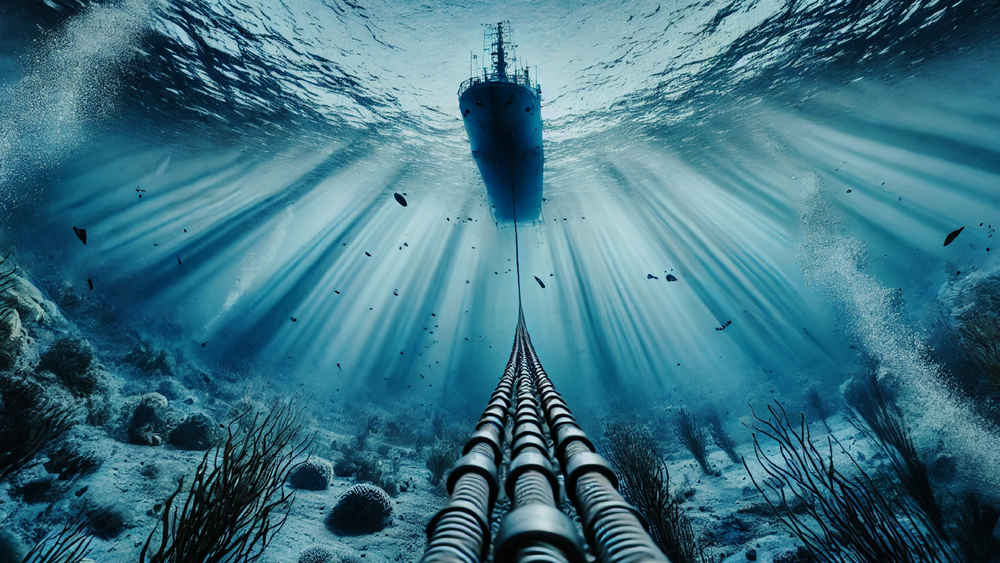Challenge
Oceanographic vessels run multi-week missions where every lost day costs a fortune. Yet many operations still face cable-driven failures: dropped communications, high fiber-optic attenuation, low breaking strength, and short service life. Then there are the “hidden killers” engineers often overlook under schedule pressure—dynamic loads during launch and recovery, fiber placement under bend stress, and winch-induced heating that speeds up degradation. As one deck-equipment integrator put it, cable quality can make or break offshore customer satisfaction. What teams really need are custom cable systems that preserve signal integrity, deliver higher lift capacity at the same outer diameter, and keep performing reliably at extreme depths—without piling up downtime.
Solution
The program started with hard facts from the field and a clear design approach: capture real failure modes, such as communication dropouts, fiber-optic losses, premature strength failures, and then design for the mission profile, not a catalog spec. Working with the deck-equipment integrator, DeRegt engineered a subsea cable system that:
- Repositions and shields fibers to reduce attenuation under cyclic bends.
- Manages winch thermal loads to prevent insulation drift and resistance creep.
- Boosts working load and breaking strength without increasing OD (outer diameter), ensuring existing sheaves and fairleads remain compatible.
Mechanical and materials upgrades were backed by verification: bend-over-sheave trials for dynamic loading, electrical integrity checks under heat, and lift tests to validate the new strength envelope. Just as critical was the co-creation rhythm: reviews and customer feedback loops that ensured the upgrades actually delivered fewer lost days at sea and higher customer satisfaction.
Depth capability wasn’t left theoretical. One customer deployment reached 8,072 meters, with more than eight hours of seabed operation successfully completing detection and sampling runs. Proving the cable and termination stack stayed stable when it mattered most. The same co-engineering approach later powered deep-sea resource trials on polymetallic nodules, with tests surpassing 5,600 meters and a novel “floating travel mode” collection setup. Which was a first in that domain.
Result
The upgraded cable system reshaped offshore economics: higher working load and breaking strength at the same OD meant heavier tools and longer service intervals, without redesigning deck gear. Crews reported fewer communication dropouts and less fiber-optic attenuation drift across missions, which translated into fewer aborted casts and more continuous data. At the same time, validated deep runs, down to 8,072 meters with over eight hours on the seabed, proved the cable could handle both depth and duration under true mission loads.
Customer satisfaction tracked the engineering gains. The integrator’s fleet now launches, recovers, and lifts with less unplanned downtime, while research missions stretch to greater depths on existing platforms. The same playbook (field-failure focus, co-creation, and rigorous checks) has since carried over into adjacent subsea projects, including early deep-sea resource trials past 5,600 meters. The result: disciplined cable engineering unlocking new missions without wholesale hardware changes.
Expert view
“Stronger at the same diameter: deeper, longer, fewer lost days.”


.png)

